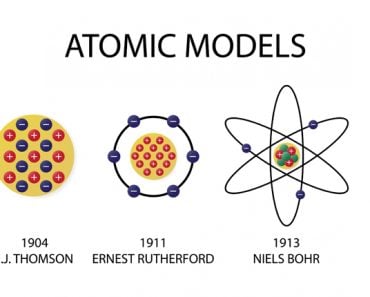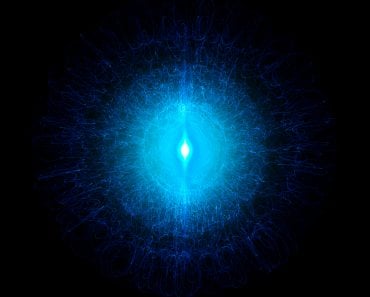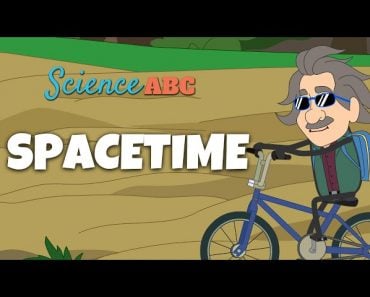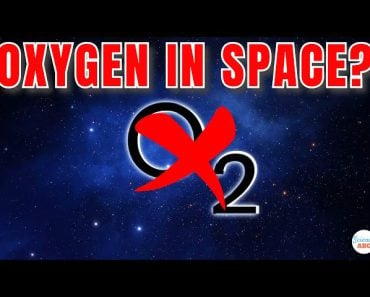Table of Contents (click to expand)
A human being is made up of atoms, and atoms have a lot of vacant space inside them. If we remove all the empty space from all the atoms in a human being, the resultant mass would be infinitesimally small. This means that the size of a human being, when considered in terms of the amount of space they occupy, is very small.
How much physical space do you occupy in your house? What about just in your own room? How many more people do you think could adjust to living in your house? When I say ‘adjust’, I mean how many people could you cram into your house until there’s not enough space left for a grain of sand. Can you venture a random guess?
What if I told you that the entire human race… yes, all 7.3 billion of us, don’t even require a space as large as your house? What if I told you that the entire human race could actually fit inside a sugar cube?
If you’re not aware of how this works, you will obviously find this claim to be totally absurd, if not profanely crazy. However, there is actually a valid explanation to this claim, but before we get into that, let’s go back to the basics.
Recommended Video for you:
Atoms: The Building Blocks Of Matter
What is matter?
Anything that has mass and occupies space is technically defined as “matter”. Every type of matter you can see or touch is made up of millions or billions of tiny particles called atoms. In other words, you can say that atoms are the building blocks of practically everything that has a certain mass and occupies a defined space.
Let’s consider the most basic element: Hydrogen. Hydrogen only has 1 electron in its shell, which makes it the simplest atom in the periodic table.
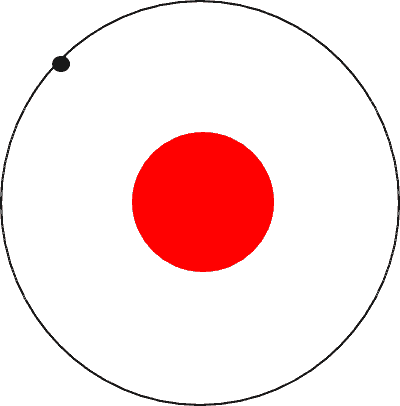
If you look at the diagram of a Hydrogen atom, you can see a spherical structure in the center and a ball-like object in a circular orbit around the spherical structure. The structure in the center is called the nucleus of the atom and the ball-like structure is the single electron.
You’ll also notice that there is a lot of vacant space inside the atom. This is the case with every atom; the nucleus occupies a very, very small space, and this is the space that we’re interested in, particularly for this discussion.
Humanity And The Sugar Cube
Every human being is made up of millions and millions of atoms. All of these atoms, as we just explained, have a lot of vacant space inside them (just to clarify, the diagram of the atom above is not to scale – not even close). Now, if we were to remove all that empty space from all of those atoms, the resultant mass of a human body would be infinitesimally small. It would be so small, in fact, that all of humanity would be equivalent to the size of a sugar cube. (Source)
Although it is only as large as a sugar cube, it would be inconceivably heavy, since it contains only the dense ‘matter’ of the human body. The weight of that sugar cube would be a few billion tonnes.
Obviously, this comparison is just a way to explain this phenomenon in a relatable way, and is basically the manifestation of humanity’s natural curiosity. Also, a sugar cube is actually an exaggeration. In fact, the size of the entire human race could even be smaller than that.
Suppose we get our hands on one giant trash compactor that is large enough to house the entire human race! Again, this is purely hypothetical, but it’s amusing to consider. Since you have an unlimited ability to compress the matter, you would be able to smash down the human race even further, making it even smaller than a single sugar cube that you might drop in your coffee!
It’s just simple, scientific logic that presents us with such incredible theories. With this strange new perspective in mind, try being a bit more hospitable, as you now know that the human race, in its most basic form, takes up less space than something you could hold on the tip of your finger. Incredible!




